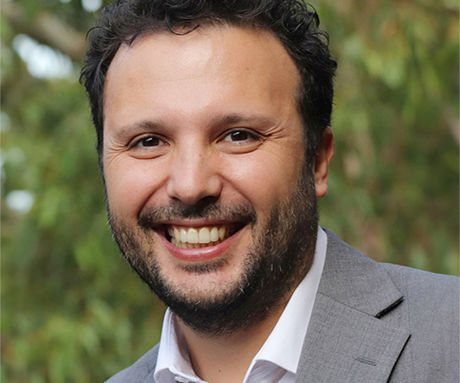Explore
Discover more of our expertise:
Experts
Contact our team today:

Enrico Zara
Global and Australasia Decarbonisation Leader
Enrico is a leader in decarbonisation with recognised international experience in net zero carbon design and advisory. He brings the global Arup experience and innovation through his role in the decarbonisation network.

Elizabeth Joyce
Americas Decarbonisation Leader
Elizabeth Joyce is an Associate in Arup’s Seattle office

Sean Lockie
UKIMEA Decarbonisation Leader
Sean works at the nexus of sustainability, decarbonisation, climate resilience, social value and circularity, providing deep expertise in systems innovation to help businesses and governments navigate current and emerging risks that threaten a polycrisis.

Susana Saiz
Europe Climate and Sustainability Services Leader
Susana Saiz is the Regional Leader for Climate and Sustainability Services at Arup in Europe.












